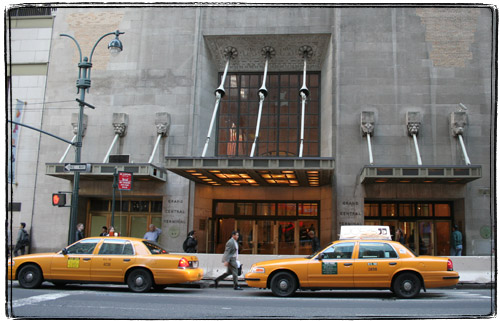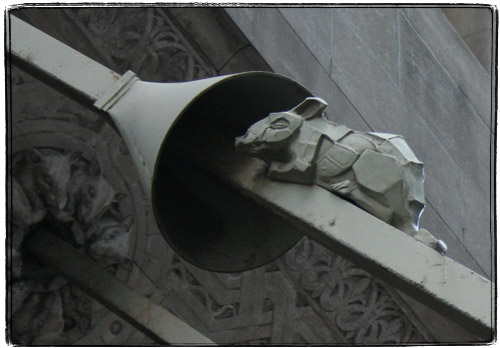
The WSJ put out an
article on hotel defaults.
One major factor in the foreclosures: Many hotel loans are difficult to restructure because they were packaged into commercial mortgage-backed securities, or CMBS, which combine hundreds of property payments into one single bond. With scores of investors owning those bonds, it is extremely hard to cut a new deal to keep the hotel in owners' hands.
"There is no one person or two people that can really represent the interests of the borrowers and strike a deal," said Art Buser, chief executive of Sunstone Hotel Investors Inc., which is forfeiting one hotel and has put lenders on notice that it might do so with others.
This argument is getting tired. The investors own debt obligations of a Trust, of which, the hotel loan serves as collateral and has signed a contract obliging it to make monthly debt service payments as a result of putting a mortgage on their property. There is just ONE, 1, UNO, entity that they have to talk to in order to get debt relief or modify their loan - it is called the Special Servicer. Typically, the Master Servicer handles sending out bills and receiving payments, and as soon as it gets more complex than that, they engage the Special Servicer, who does heavy lifting such as loan modifications, foreclosures, appraisal and property management engagements, etc. The Special does not necessarily get engaged solely because a property is delinquent either - i.e. you can negotiate to prevent default! wow, that's surprising. Maguire did it just the summer with his Solana complex in Westlake - the master servicer said, and I quote, "transferring to special servicer for imminent default".
The borrowers (he lost the W San Diego a few weeks ago) are either lying to themselves, or have been lied to by whomever was charged with the task of contacting the servicer. There is precisely "ONE PERSON" who he needs to deal with. That is a simple fact. They're not even hard to find, and they're name and phone number can easily be looked up in your monthly statement (if you're Art Buser) or in Bloomberg on the CF page of whatever deal the loan is in, or on the free Edgar search site for SEC filings, or at the Trustee's free website (either Wells or LaSalle). So, just stop it with this tired argument. You're lying to us, you're lying to yourself, and you're lying to whomever your trying to get out from under your debt obligation with! Liar, Liar, pants on fire!
Further, hotels have always been the most volatile CRE sector - always. As one response to the article noted, none of this is a surprise. Hotels by their nature are susceptible to economic downturns (tight wallets equal less travel), are more quickly impacted by changes in rental rates (because leases roll nightly), and were way over-priced and over-levered. I don't have a crystal ball, but I remember a lot of conversations back in 2006 and many more in 2007 where we looked at hotel loans that didn't make any sense - we frankly couldn't believe the Extended Stay deal that Lightstone is "burdened" with now. It's hard to feel sorry for the investors because they were either too greedy or too dumb, but it's even harder to feel sorry for the sponsors - they're supposed to be professional real estate investors combing through the fine details of their contracts. They took out a CMBS loan in the first place aware of it's restrictions, but in favor of the easier process and lower rate, and now they cry foul.
*UPDATED*


















